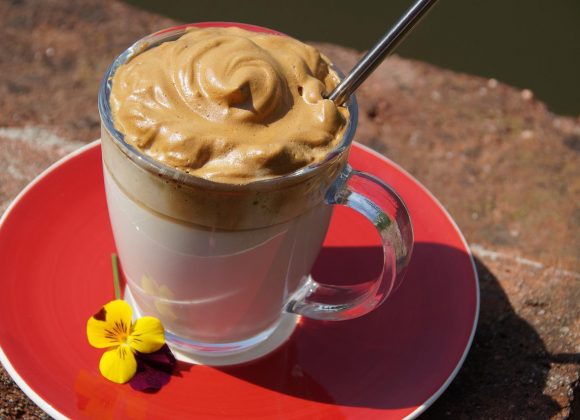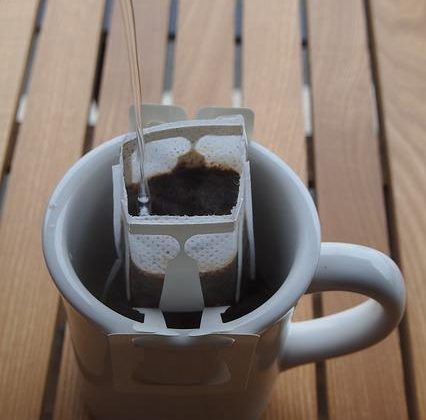“Coffee should be black as hell, strong as death and sweet as love”. That’s how Turkish people describe their coffee, especially when they see you drinking regular coffee in front of them. Is Turkish coffee dissimilar to regular coffee? If so, what ways? What are the distinctions between Turkish coffee caffeine and regular coffee caffeine? In this article, we will compare Turkish coffee to regular coffee.
What is Turkish Coffee?
Turkish coffee is a method of coffee preparation popular in Turkey and neighboring countries. It is known as kahve or Türk kahvesi in Turkey. It is not a type of coffee bean, but rather a method of brewing coffee. It is one of the earliest documented methods of preparing coffee. This method of brewing coffee is known as decoction. Decoction is the process of heating or boiling a substance in a liquid.
Turkish coffee is made in a cezve (pronounced jehz-veh) with freshly ground coffee. A cezve is a small pot with a long handle and a pouring lip. Cezve are also known as ibriks outside of Turkey, and the terms are used interchangeably.
Different between Turkish Coffee and Regular Coffee
To better understand the distinction between Turkish coffee and regular coffee, we will examine the beans used, the brewing method, and the taste.
Turkish and regular coffee beans
Turkish coffee is made with dark roasted coffee beans. As a result, Turkish coffee is known for being dark and strong. The taste of dark roasted coffee beans is strong and slightly bitter. Turkish coffee does not use pure light roasted coffee beans because the coffee flavor will be diminished after the burning process.
Regular coffee, as opposed to Turkish coffee, prefers light roasted coffee beans. Light roasted coffee beans not only taste better, but they also have a variety of flavor characteristics.
Brewing method
Extraction is used in both Turkish coffee and regular coffee brewed by hand. So, for both Turkish and regular coffee, extraction is critical.
Turkish coffee is typically made by adding ground coffee to an empty cezve and then filling it with room temperature water. The cezve is then typically heated over a gas flame until it boils.
Upon heating and boiling, the coffee forms a layer of foam at the top of the cezve. At this point, the coffee is allowed to cool slightly before boiling again to form more foam. This can be repeated up to three times depending on the establishment or home-drinker’s preference.
Once the coffee has been prepared, almost the entire contents of the cezve are emptied unfiltered into a small cup called a demitasse.
The Taste
Turkish coffee has a strong, intense flavor due to its boiling, with no acidic traces. Also, because its beans aren’t filtered, it has a distinct texture that may turn some people off at first.
Turkish coffee is occasionally brewed with sugar and spices like cardamom and clove. It is frequently served on a tray in coffee shops, along with a small glass of water and a sweet treat such as Turkish delight.
Regular coffee, on the other hand, usually tastes smoother, cleaner, and lighter. This is because light roasted coffee beans are used. Regular coffee is typically served without any additional accompaniments such as sugar or a sweet treat.





